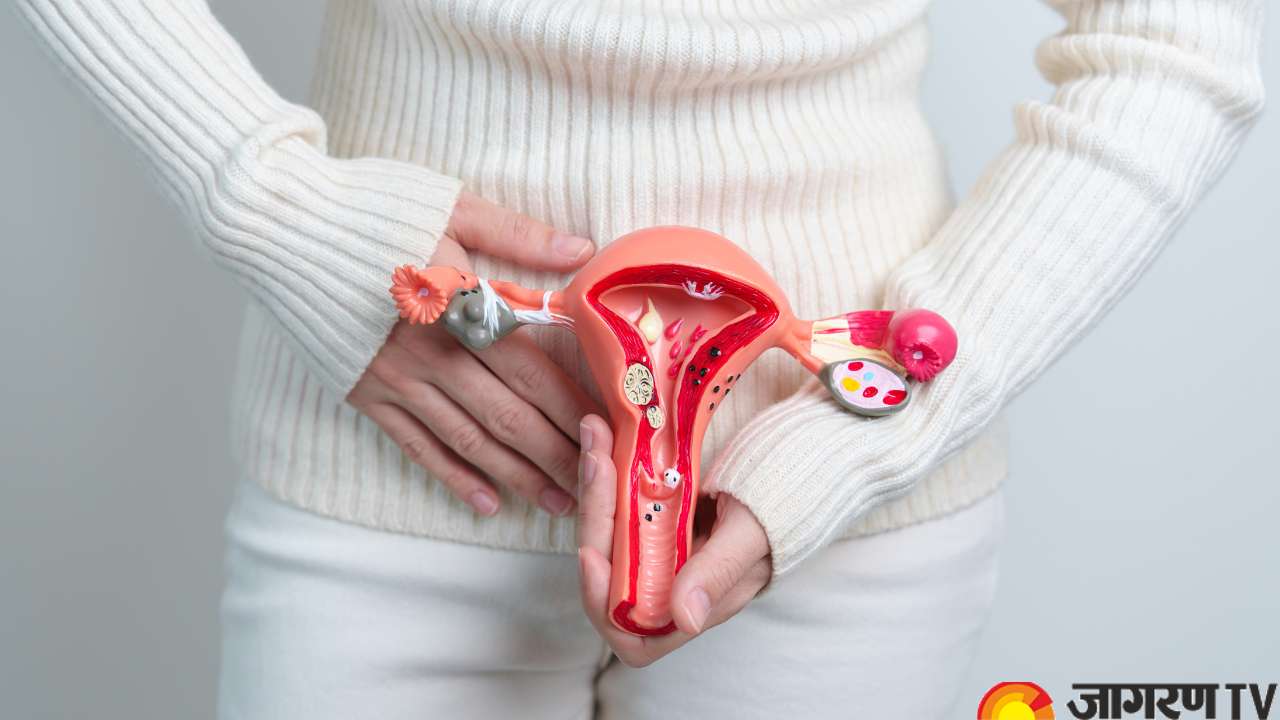Women Health: Know What is Endometriosis, Causes, Symptoms, Diagnosis, and More

Women Health Issues: Endometriosis is a chronic, painful condition that affects millions of women worldwide. It occurs when endometrium, a tissue similar to the uterine lining, begins to grow outside the uterus. This can cause a variety of symptoms, ranging from mild discomfort to severe pain, and has a significant impact on your body.
Endometriosis Causes
The exact cause of endometriosis remains unclear, but several theories have been proposed:
Retrograde Menstruation
This theory proposes that menstrual blood flows backward through the fallopian tubes into the pelvic cavity rather than leaving the body, causing endometrial cells to implant and grow outside the uterus.
Genetic Factors
Endometriosis has been linked to family history, implying a genetic predisposition.
Immune System Disorders
Some researchers believe that a faulty immune system may fail to detect and destroy endometrial tissue growing outside the uterus.
Embryonic Cell Transformation
During puberty, hormones such as estrogen can cause embryonic cells to develop into endometrial-like cell implants.
Surgical Scars
Endometrial cells may adhere to surgical incisions following procedures such as hysterectomy or C-section.
Endometriosis Symptoms
Symptoms of endometriosis can vary widely among women. Common symptoms include:
-
Severe or chronic pain in the pelvis that is sometimes linked to menstruation but can also happen at other times.
-
Painful periods can cause lower back and abdominal pain.
-
Pain during or post sexual intercourse.
-
Pain during bowel movements or urination, particularly during menstrual cycles.
-
Endometriosis affects 20-40% of women who are infertile.
-
Other symptoms may include fatigue, diarrhea, constipation, bloating, and nausea, especially during menstrual periods.
Endometriosis Diagnosis
Endometriosis can be difficult to diagnose because the symptoms are similar to those of other conditions. Typically, a combination of methods are used, which include:
-
Pelvic examination for cysts or scars behind the uterus
-
Ultrasound
-
Magnetic Resonance Imaging (MRI)
-
A laparoscopy procedure can also be used to insert a camera into the pelvis, allowing direct observation and biopsy of the endometrial tissue
Endometriosis Treatment
While there is no cure for endometriosis, various treatments can help manage the symptoms and improve quality of life:
-
Birth control pills, patches, and vaginal rings can all help control the hormones that cause endometrial tissue to build up. Gonadotropin-releasing hormone (Gn-RH) agonists and antagonists can also lower estrogen levels and suppress menstruation.
-
In severe cases, surgery to remove as much endometriosis as possible may be required. Laparoscopic surgery is the most popular method.
-
For women experiencing infertility, in vitro fertilization (IVF) may be recommended.
-
Regular exercise, heat application, and dietary changes can all help to alleviate symptoms.





